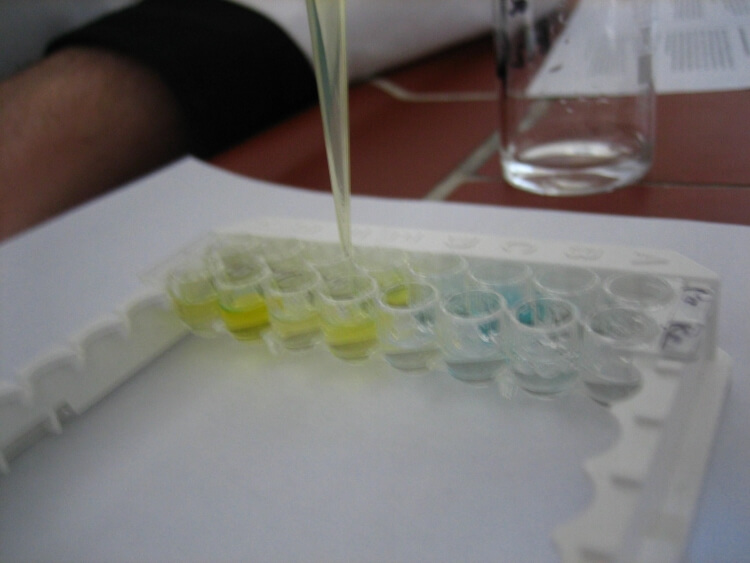79827
Human Coxsackie And Adenovirus Receptor Like Membrane Protein (CLMP) ELISA Kit
Human Coxsackie And Adenovirus Receptor Like Membrane Protein (CLMP) ELISA Kit
Q9H6B4
sandwich
12 months
0.058ng/mL
0.156-10ng/mL
Homo sapiens human
adenovirus, coxsackie
ELISA Enzyme-linked immunosorbent assays Code 90320007 SNOMED
serum, plasma, tissue homogenates and other biological fluids.
This product is available in other size, contact us for more information
ACAM,ASAM,Adipocyte Adhesion Molecule,Adipocyte-Specific Adhesion Molecule,CXADR Like Membrane Protein
E05 478 566 350 170 or Enzyme-Linked Immunosorbent Assays,E05 478 566 350 170 or Enzyme-Linked Immunosorbent Assays,Human proteins, cDNA and human recombinants are used in human reactive ELISA kits and to produce anti-human mono and polyclonal antibodies. Modern humans (Homo sapiens, primarily ssp. Homo sapiens sapiens). Depending on the epitopes used human ELISA kits can be cross reactive to many other species. Mainly analyzed are human serum, plasma, urine, saliva, human cell culture supernatants and biological samples.
Associated membrane protein types are lipopolysaccharide selective barriers. Biological membranes include cell membranes, outer coverings of cells or organelles that allow passage of certain proteins and nuclear membranes, which cover a cell nucleus; and tissue membranes, such as mucosae and serosae. ,The receptors are ligand binding factors of type 1, 2 or 3 and protein-molecules that receive chemical-signals from outside a cell. When such chemical-signals couple or bind to a receptor, they cause some form of cellular/tissue-response, e.g. a change in the electrical-activity of a cell. In this sense, am olfactory receptor is a protein-molecule that recognizes and responds to endogenous-chemical signals, chemokinesor cytokines e.g. an acetylcholine-receptor recognizes and responds to its endogenous-ligand, acetylcholine. However, sometimes in pharmacology, the term is also used to include other proteins that are drug-targets, such as enzymes, transporters and ion-channels.
